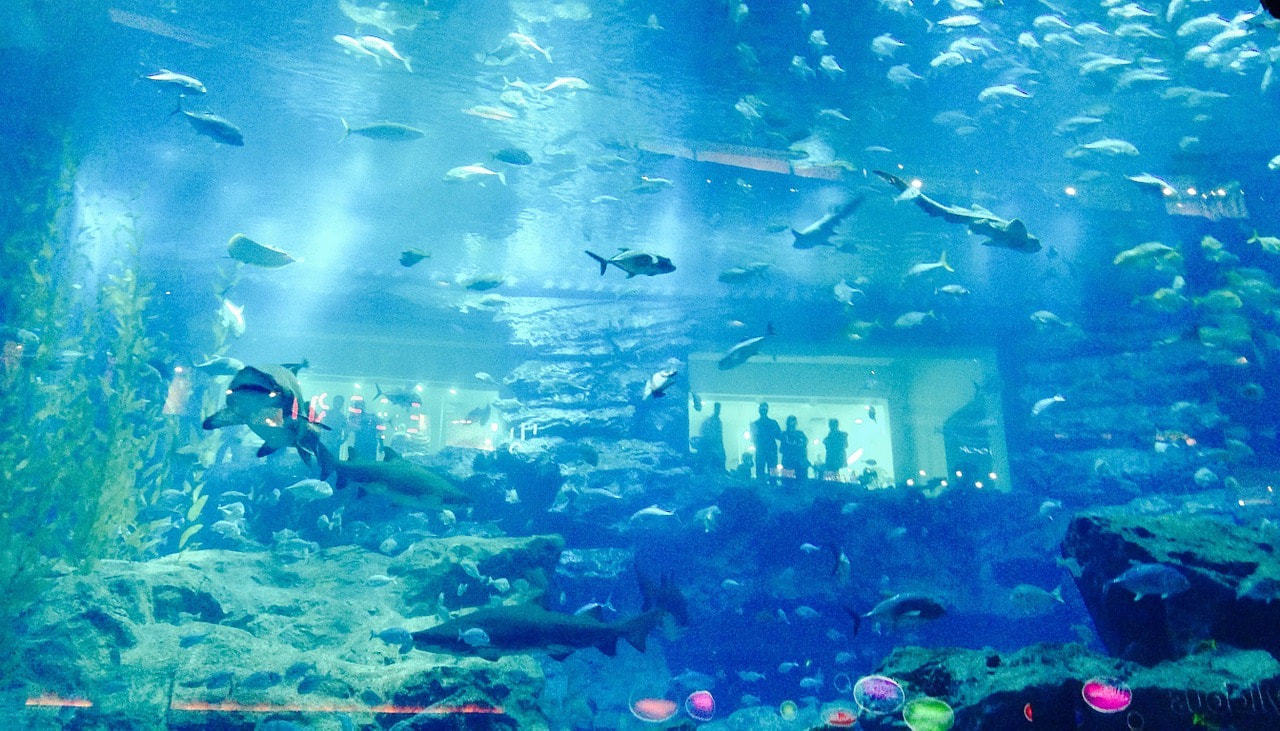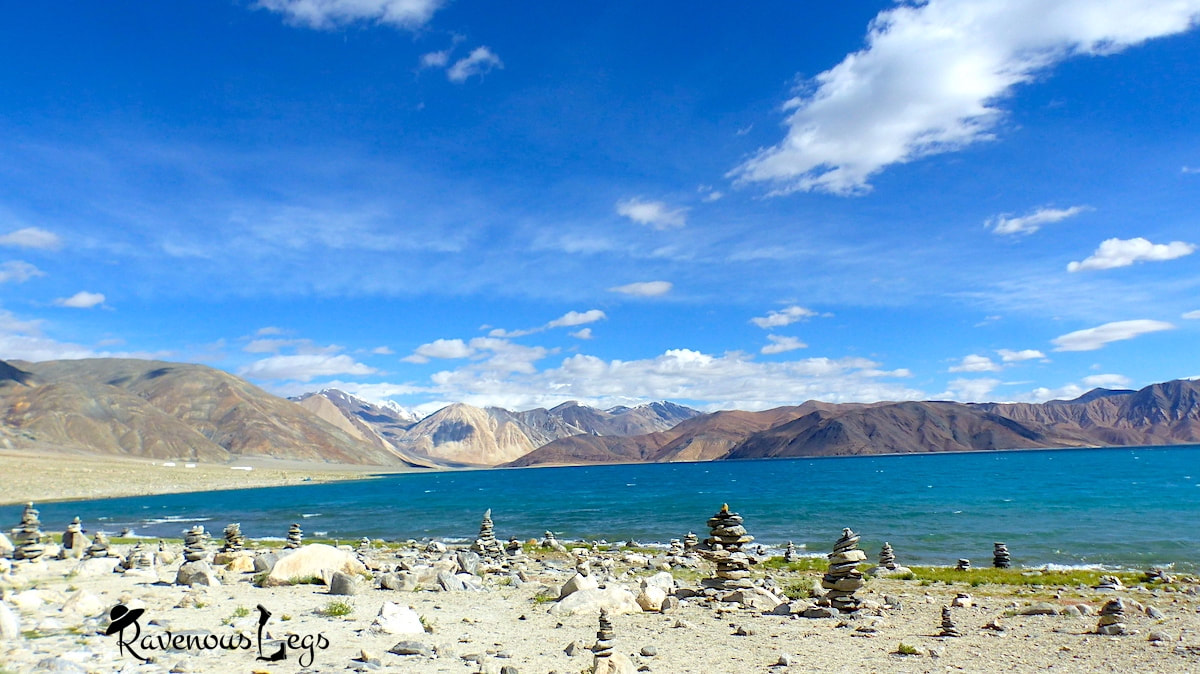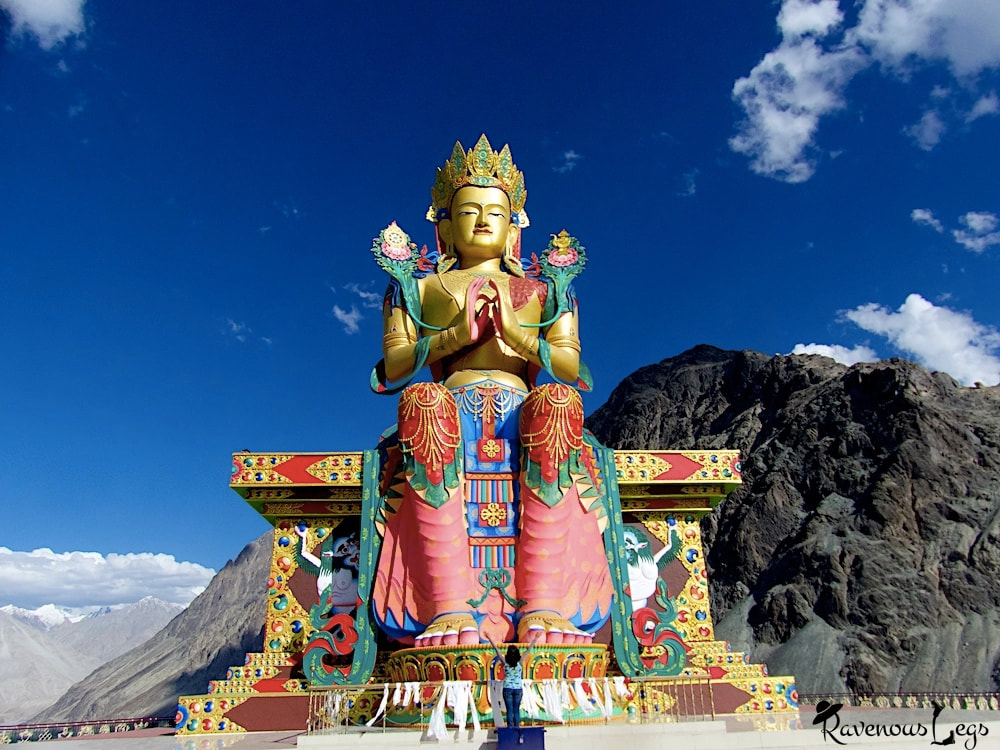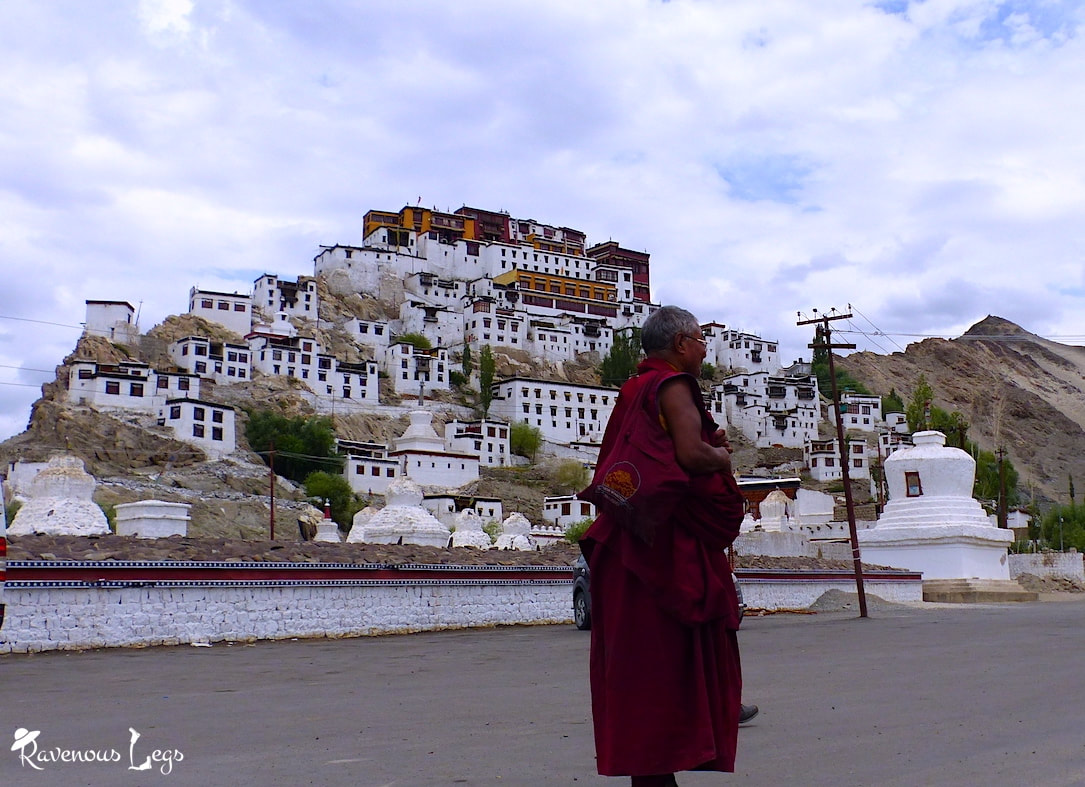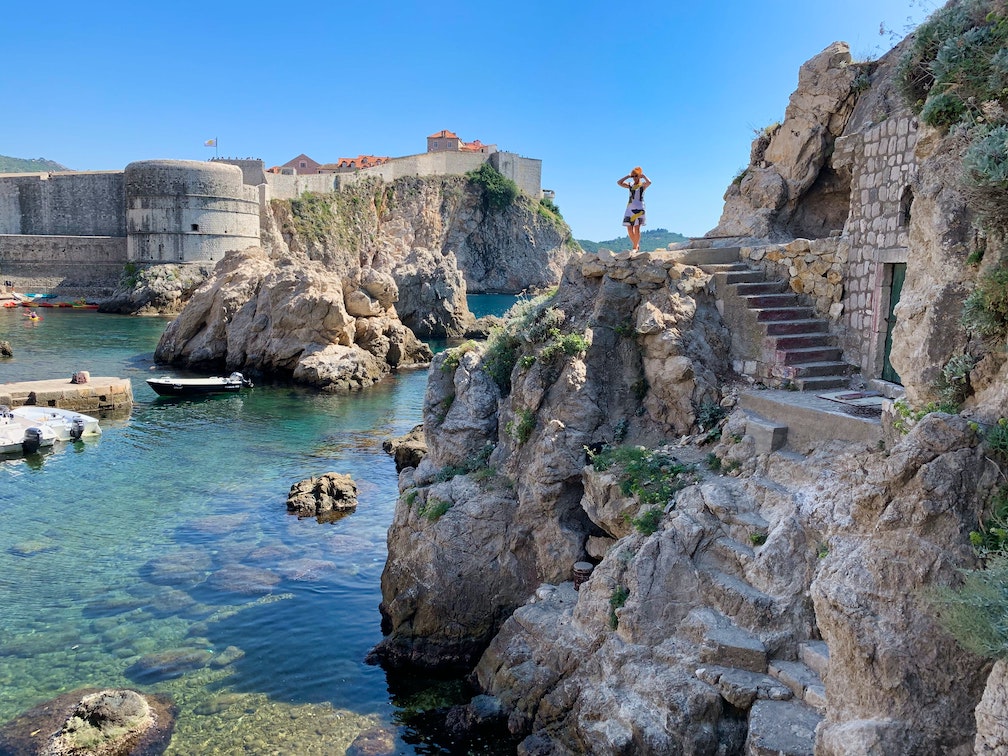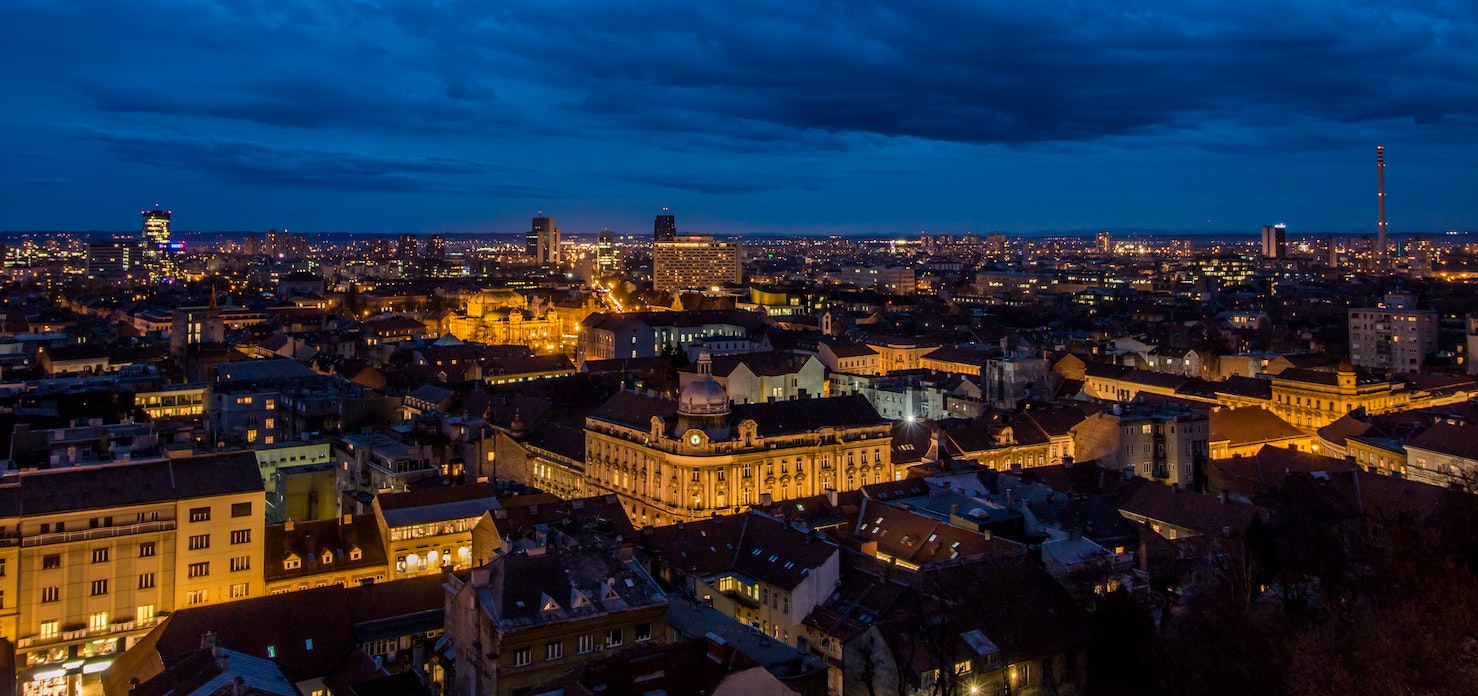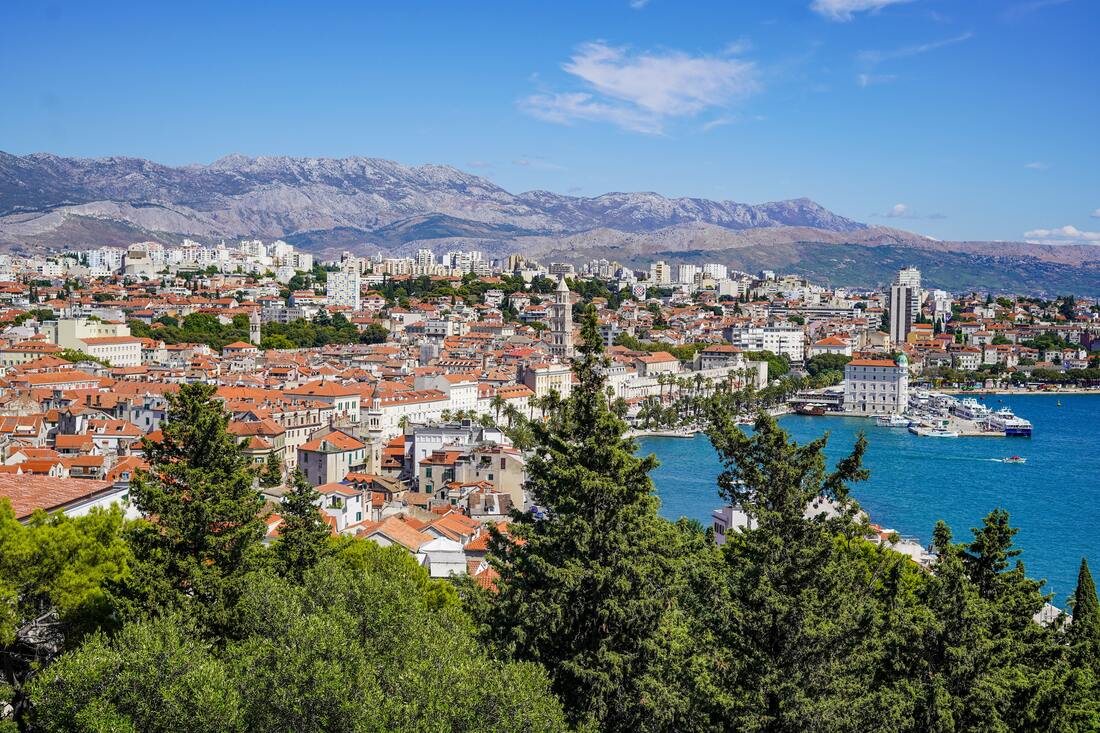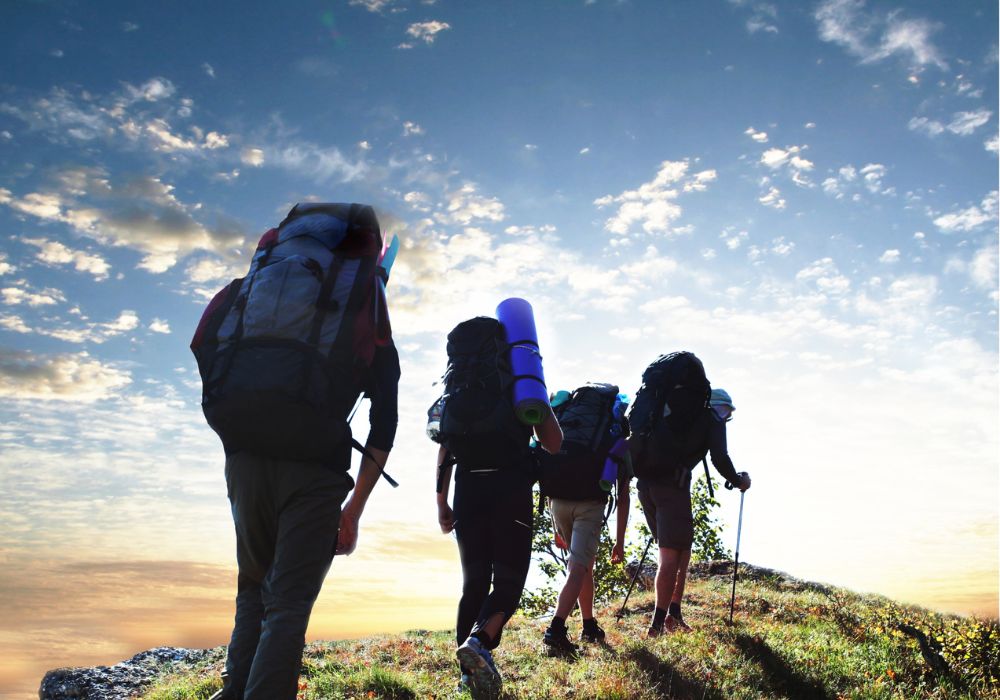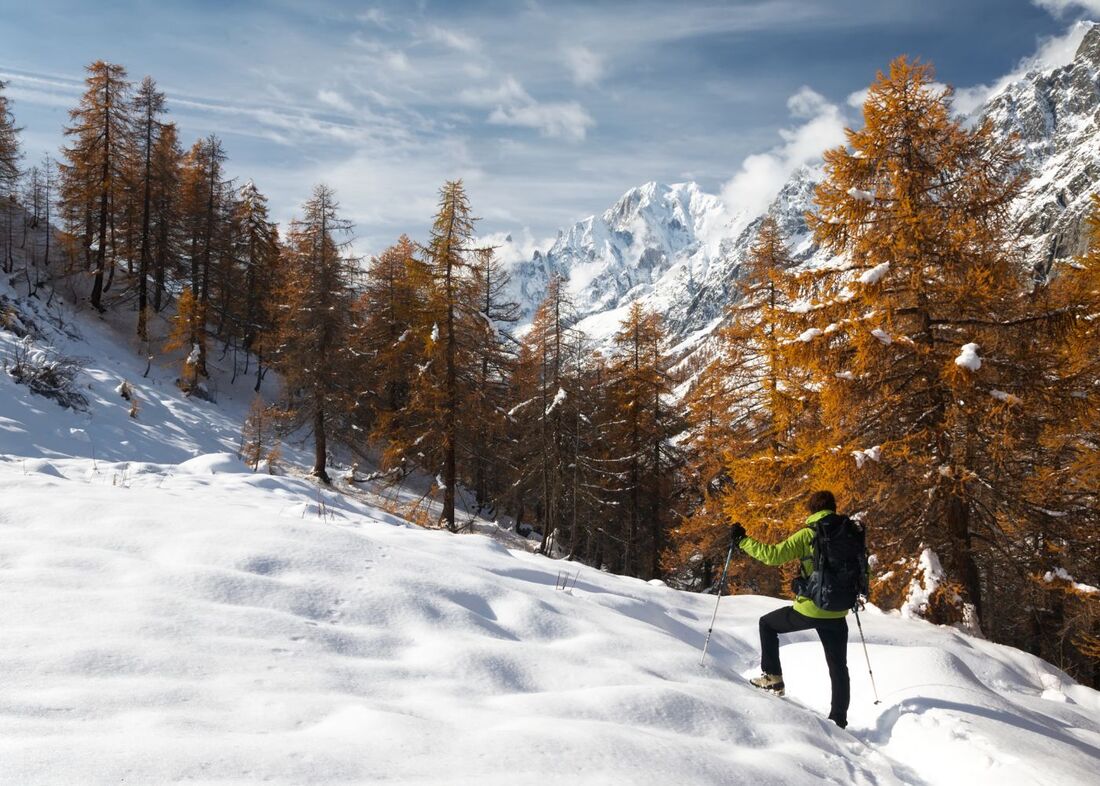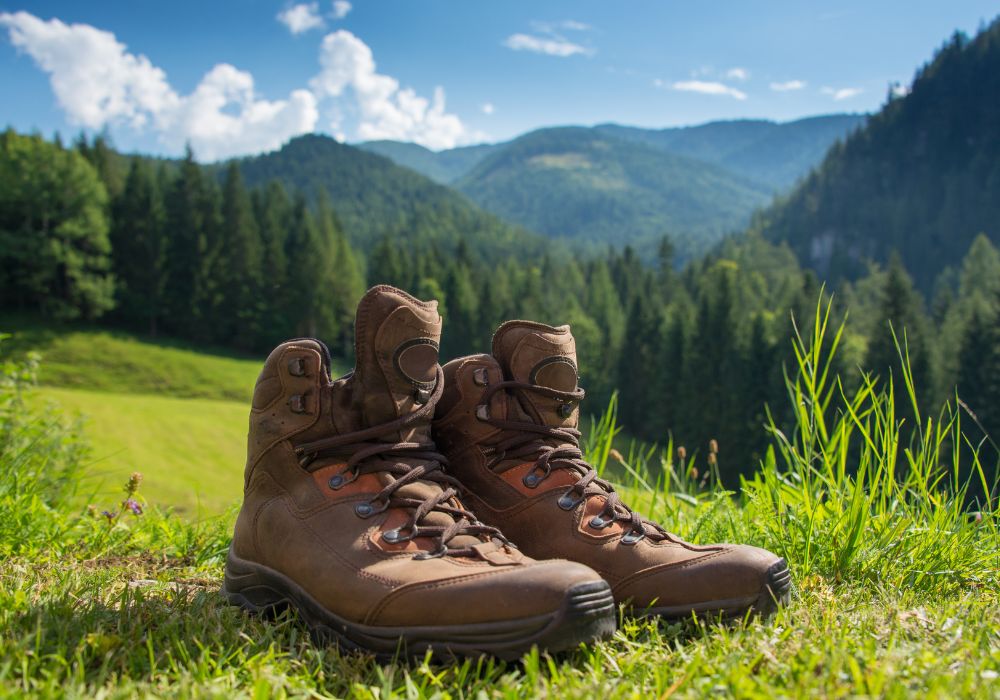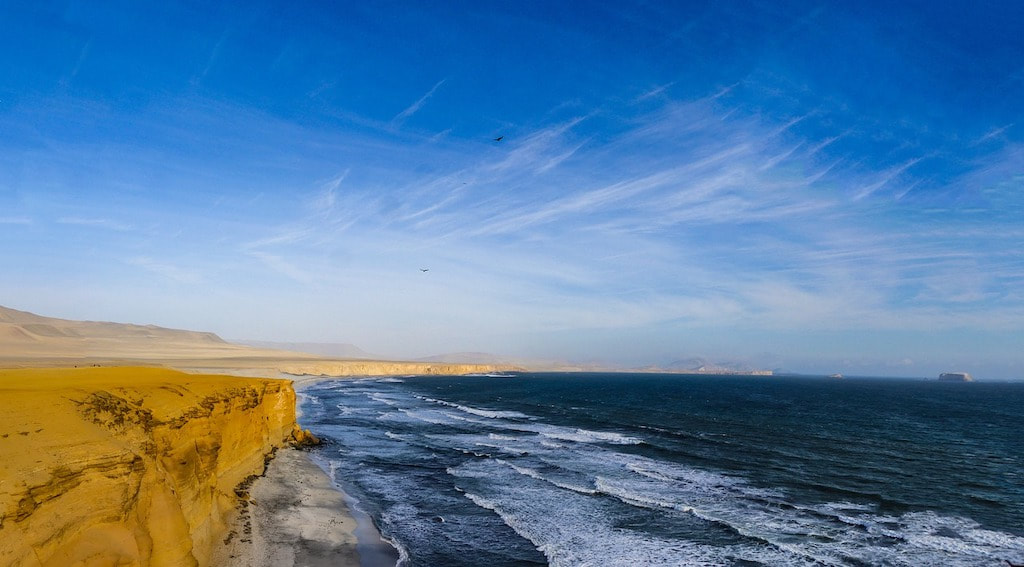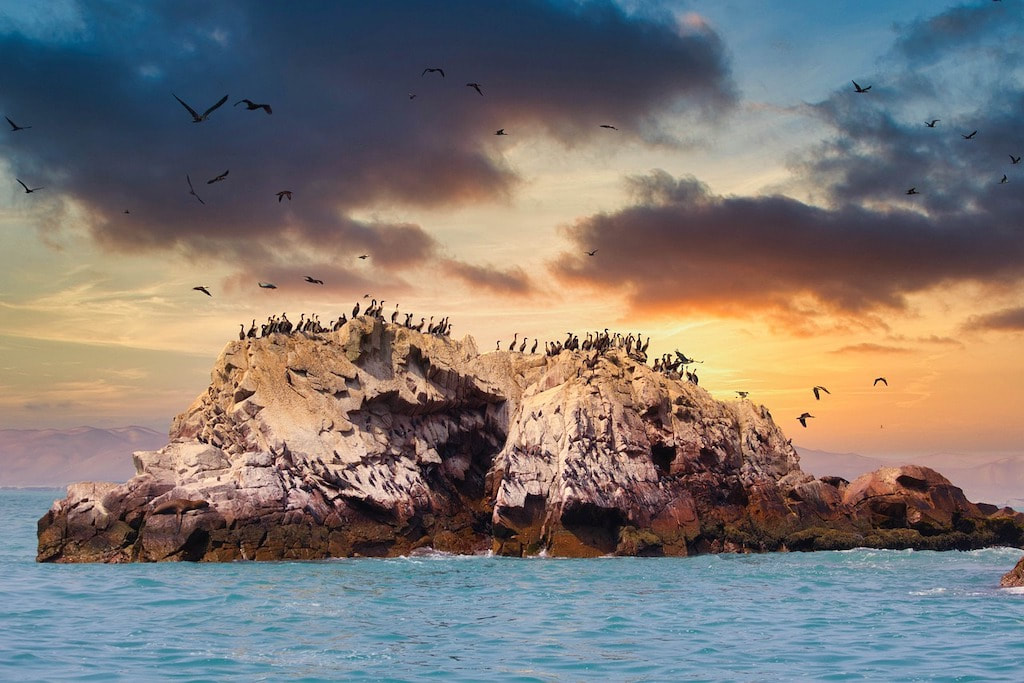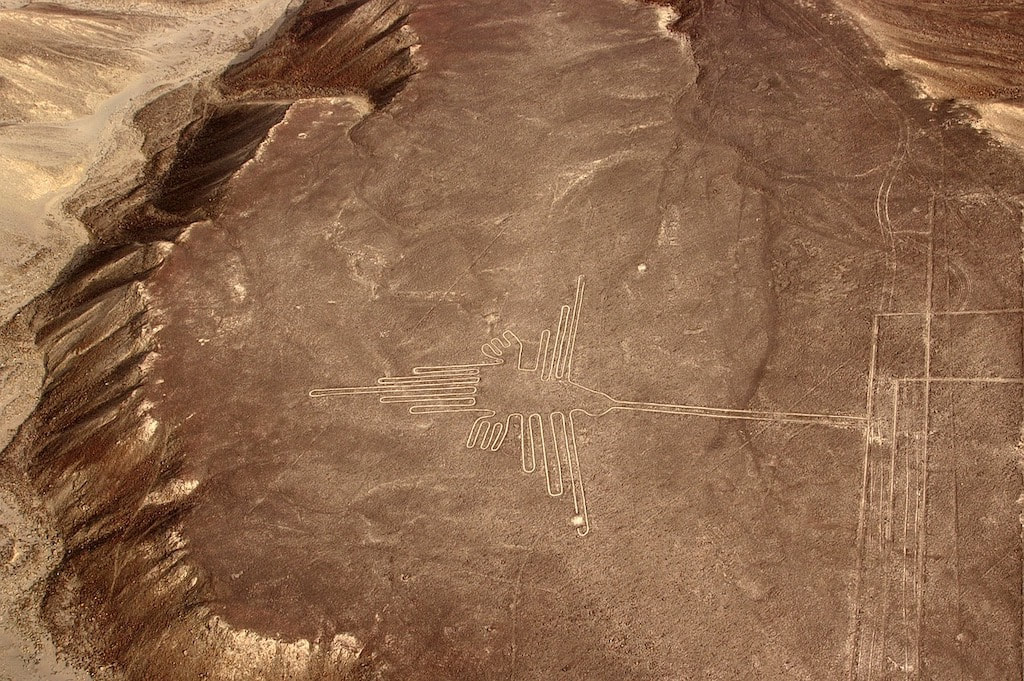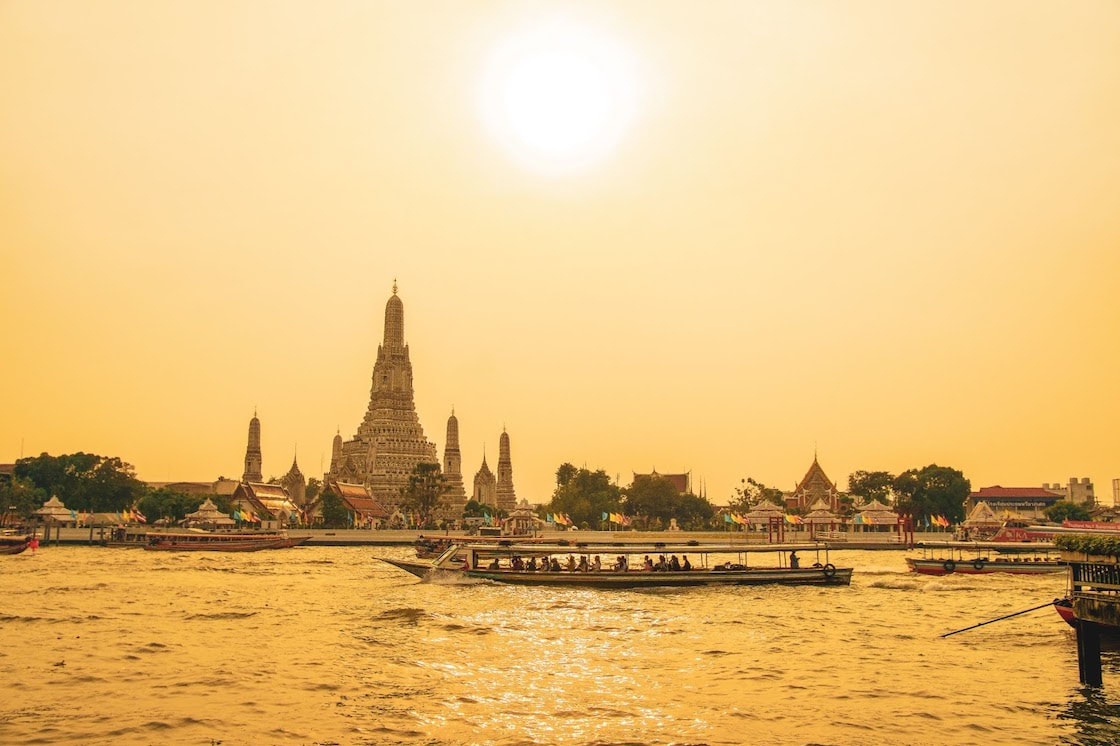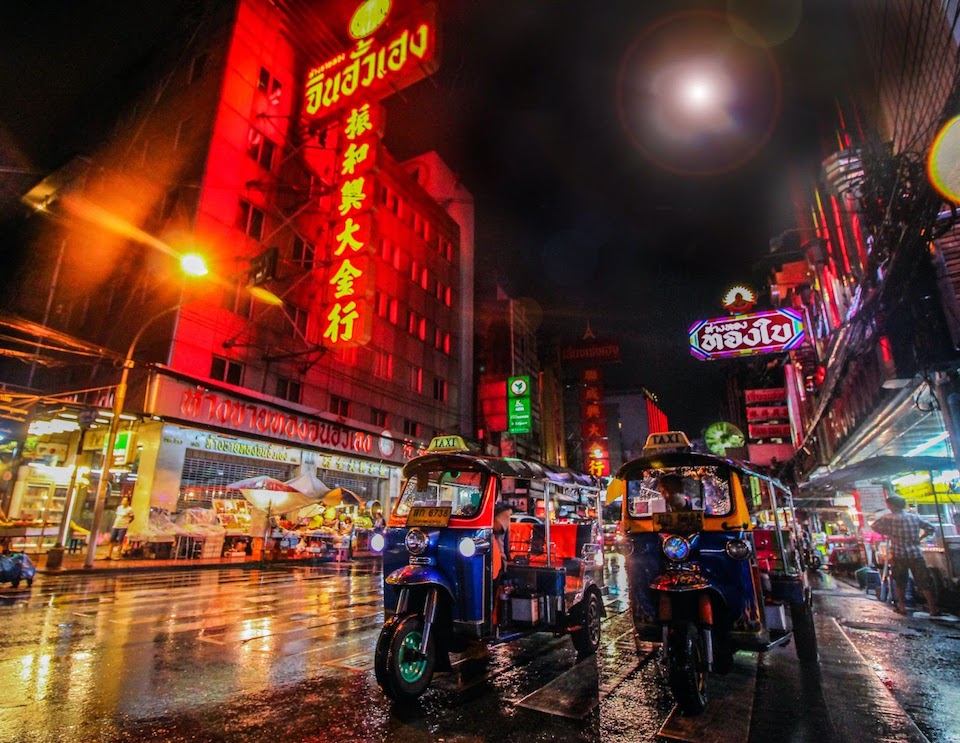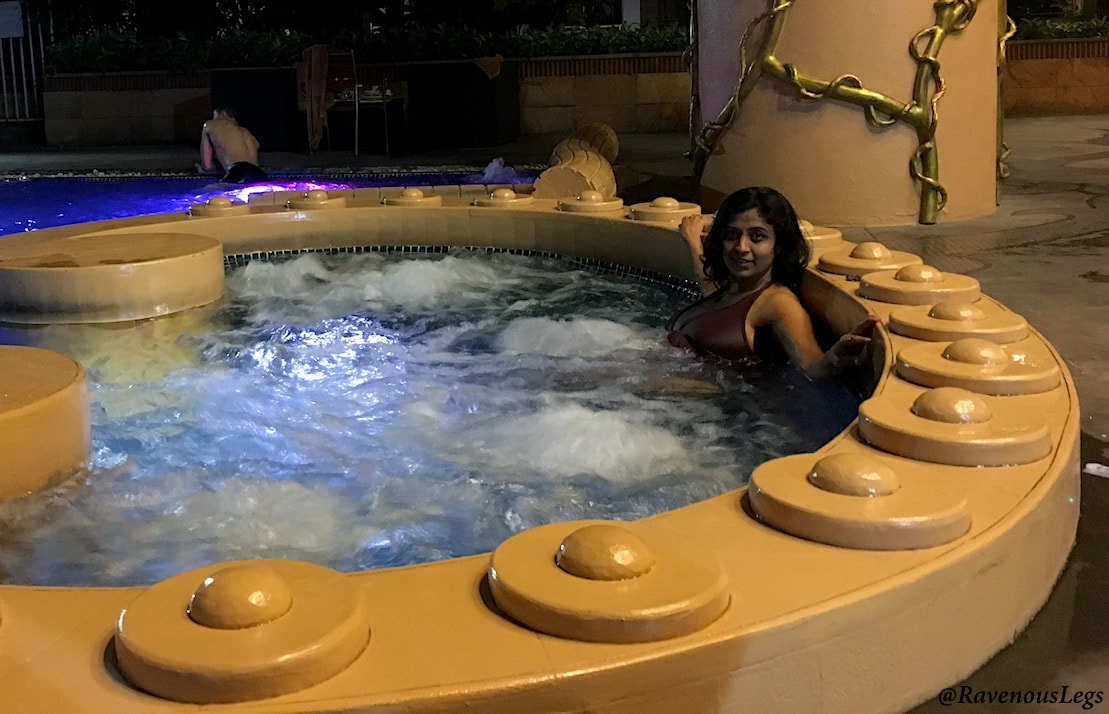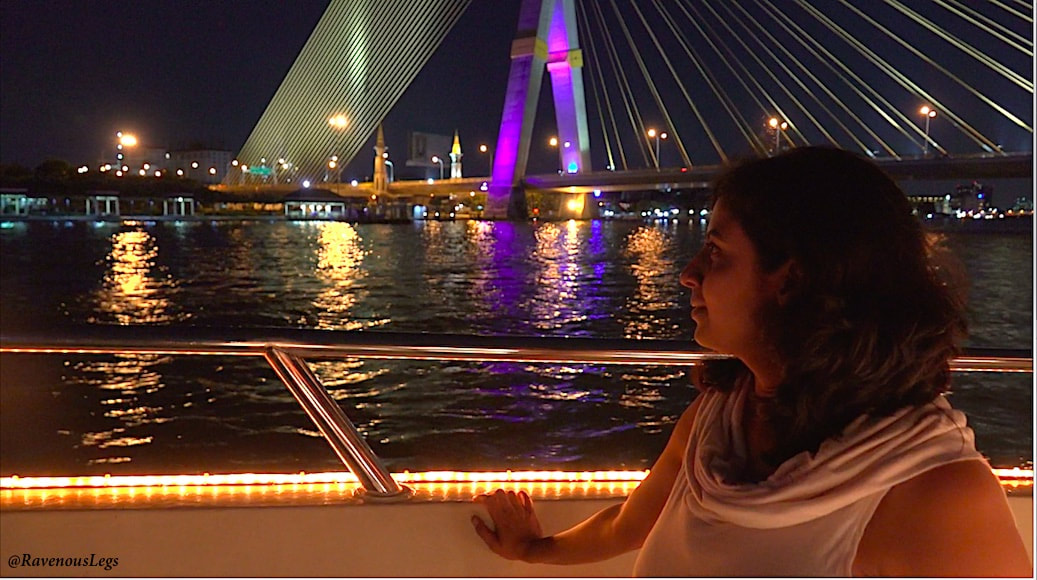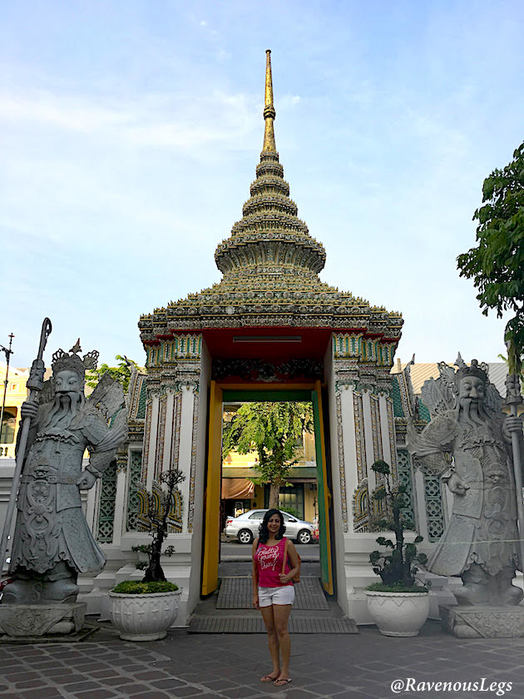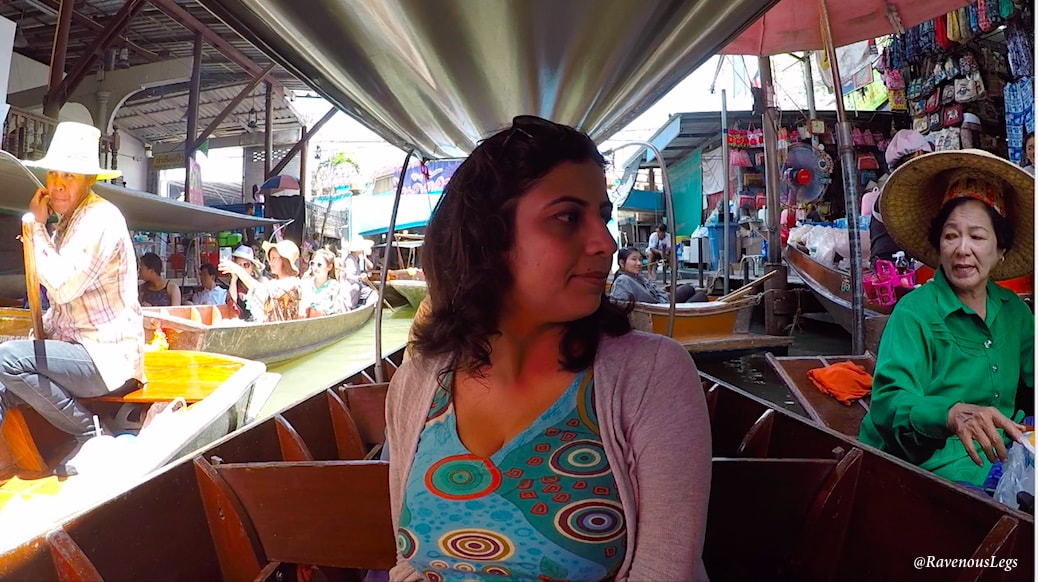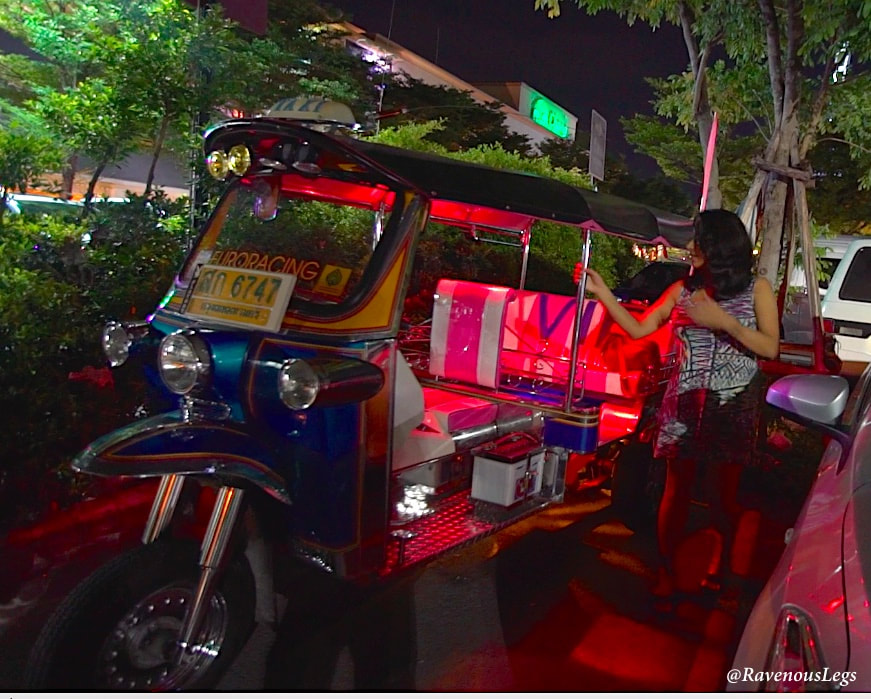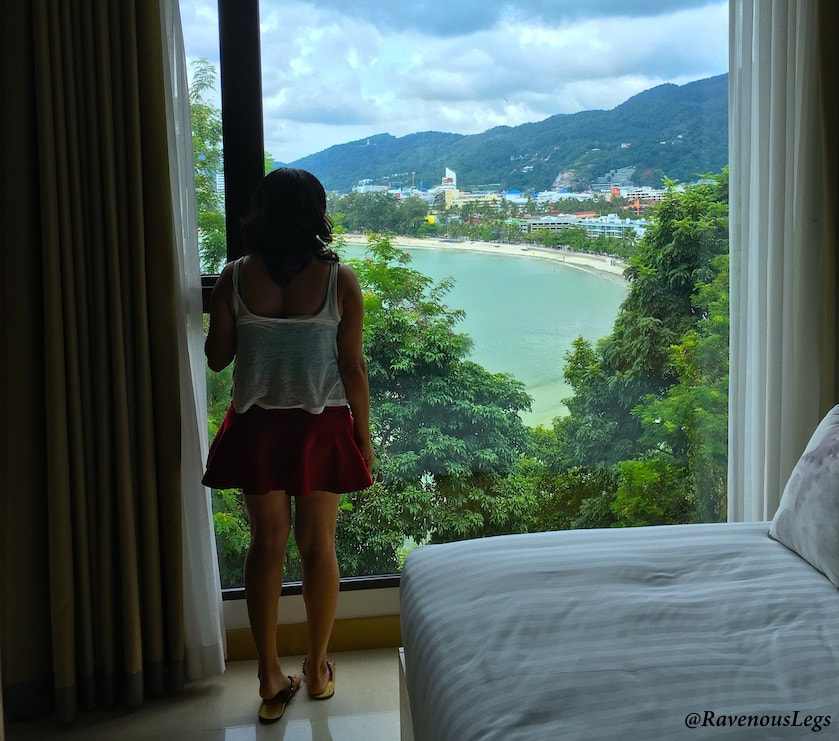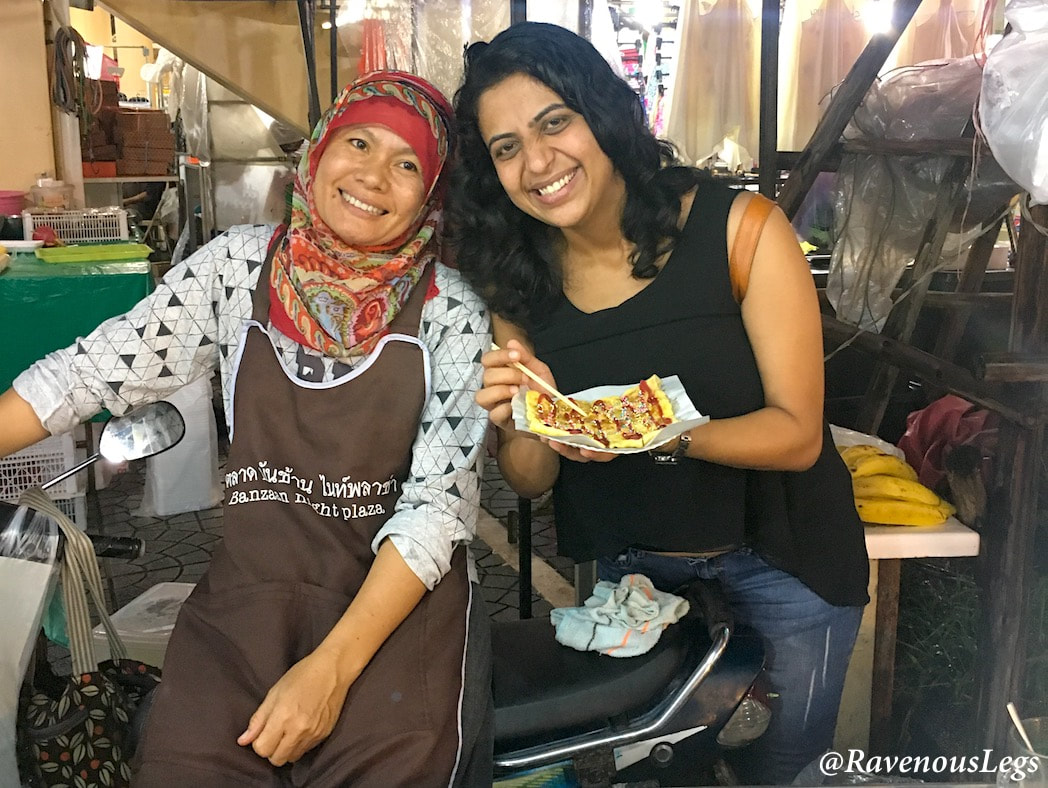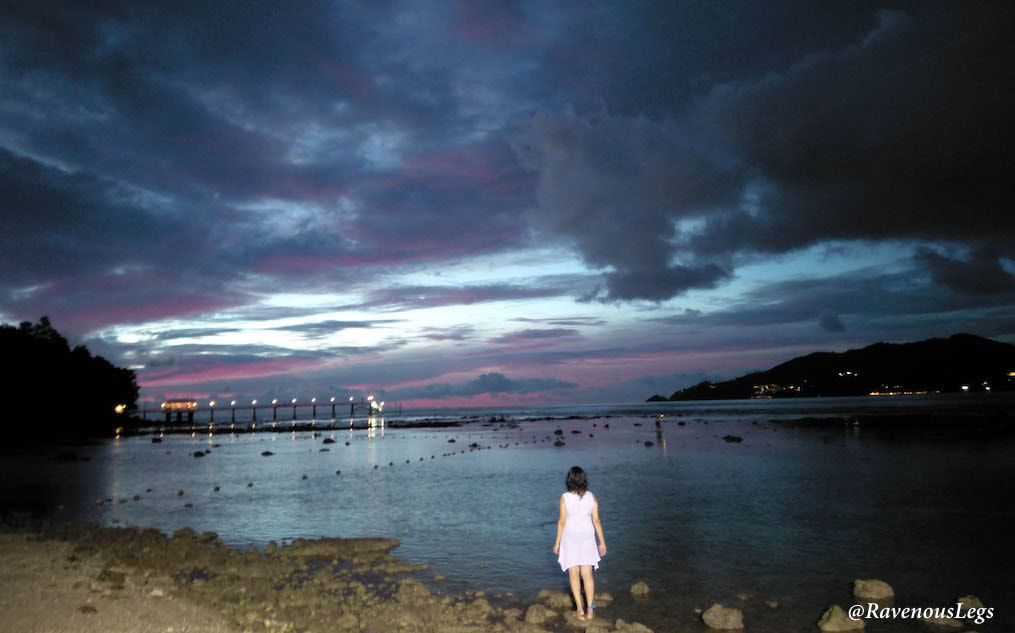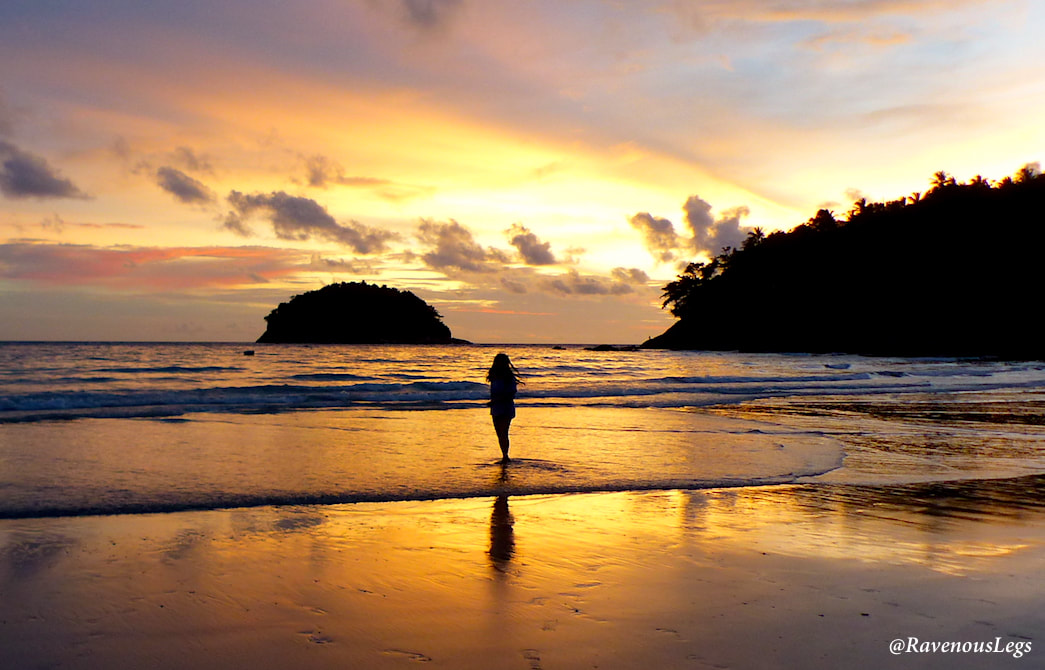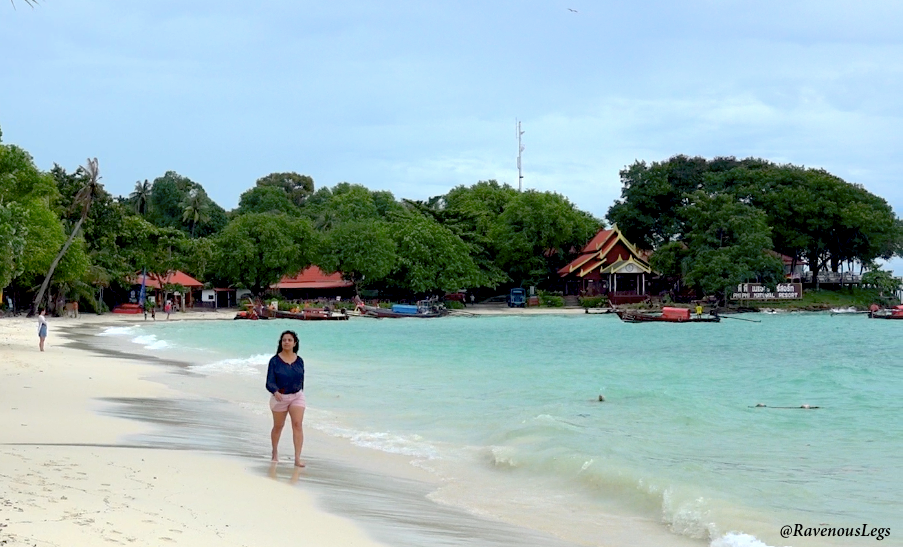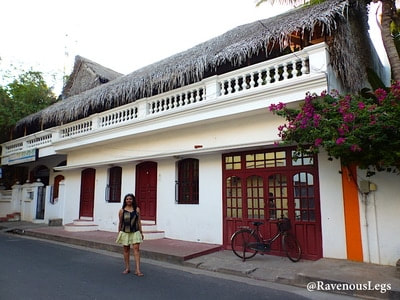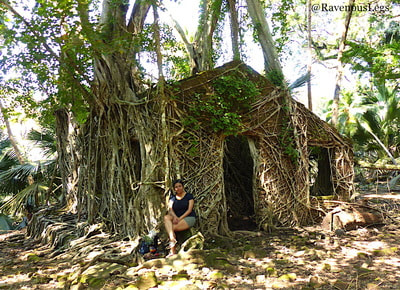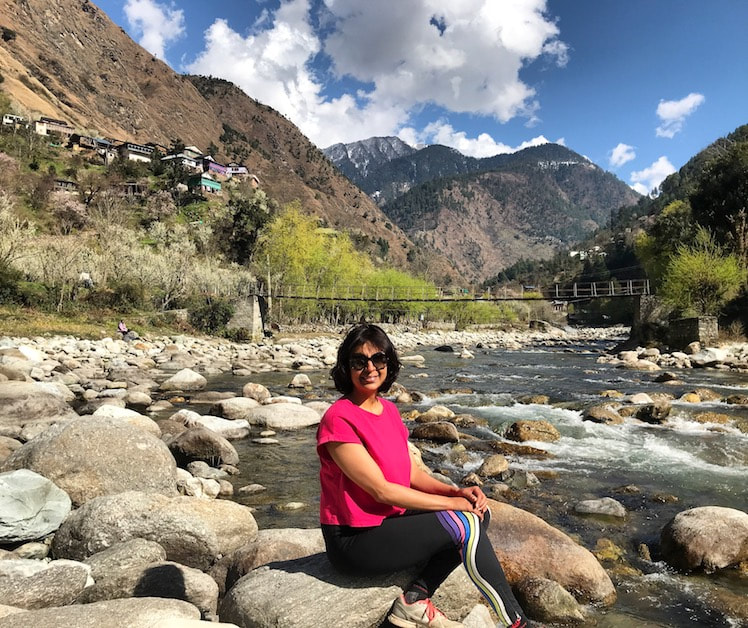Best selfie spots around Victoria Coach Station
London’s status as one of the world's great cities is not in dispute. This vibrant metropolis has just about everything you need to make for a memorable trip, whether you're in the British capital for just a few days or for weeks.
But if you find yourself cooling your heels in Victoria Coach Station, you may not feel quite so positively about London. In the UK, long-distance buses are called coaches, and Victoria Coach Station is where hundreds of these buses arrive as they shuttle people in and out of the city. An important part of London's public transportation infrastructure, the coach station is not really anyone's idea of a good time. But sometimes, there's just no way to avoid spending some time here.
Photo by Jaanus Jagomägi on Unsplash
Still, if you're facing a long wait for a connecting bus, you don't have to wander aimlessly around the departures hall getting overcharged for plastic-wrapped sandwiches to share with the pigeons. Instead, you can use this time to visit some of the best selfie spots in London and spice up your social media feed. A short walk from Victoria Coach Station, you'll find some great locations for classic London photos. So drop off your bags at a Bounce luggage storage near the station and check out some of these photogenic spots.
|
AuthorNamaste! I'm Medhavi Davda.
I travel to Evolve.. In Nature, I confide.. I find my calling in the Himalayas.. In the Oceans, I meditate.. A High-Altitude Trekker & PADI certified SCUBA Diver, I love exploring the heights and depths of the planet with my regular doses of mountains and oceans. Discovering myself & life through nature, adventures, travels, sports and dance has been an addiction since my existence! Quite fond of the natural & cultural diversity of India, I've travelled extensively in my own country before exploring international destinations. I had left my 9+ yrs of career in Software Industry in a quest to make a living out of my passions. I packed my basics in my car (gave away the rest) and lived in different parts of Himachal Pradesh for 16 months. This invaluable experience of my taught me to observe life from a broader perspective. I'm currently living in Mumbai to work with an Adventure Travel company as a product manager for Scuba Diving. I continue living a minimalistic life. RavenousLegs on Instagram RavenousLegs on FacebookRavenousLegs on TwitterRecent PostsAbu Dhabi's Renowned Liwa Date Festival
Day trips you can take from Paracas Is 7 Days in Bangkok Too Long? Top Cities in Croatia That You Cannot Miss 5 Tips for Creating Engaging Solo Travel Videos for YouTube 7 Days Active Travel Itinerary for Sri Lanka - from Sunrise on the East Coast to Sunset on the West Coast Annapurna Base Camp Trek from Ghandruk Village - the shortest route to ABC Trek |








